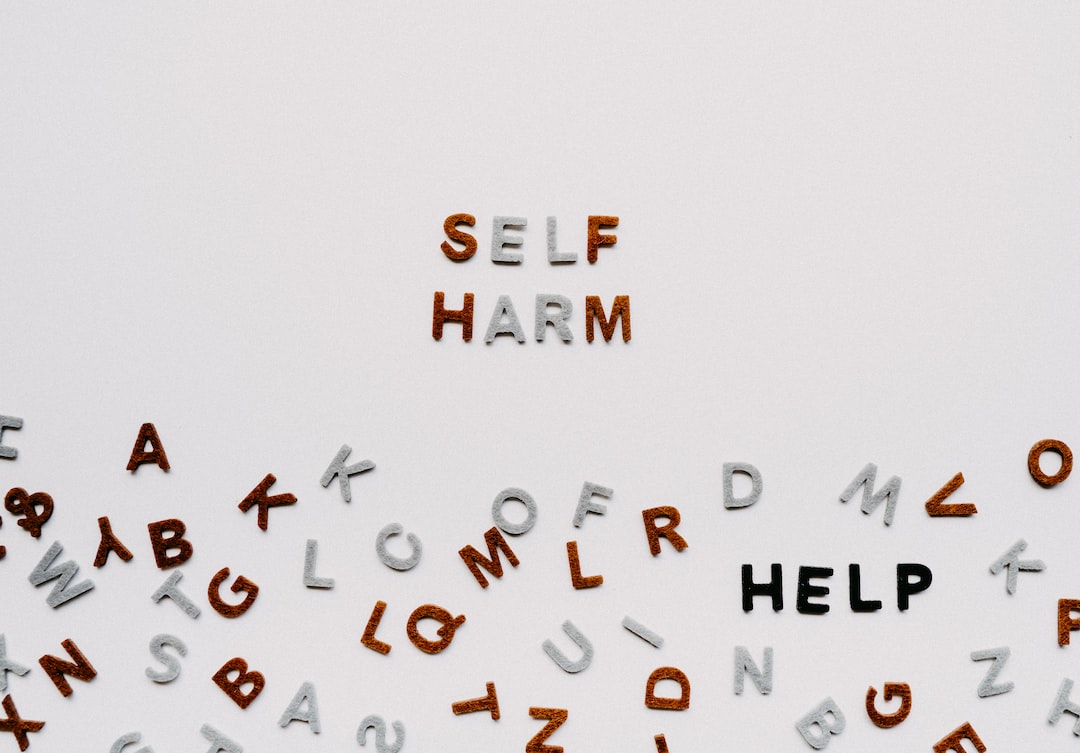People who hurt themselves do so for a variety of reasons. They may feel numb or disconnected from themselves and use self-injury to try to reconnect.
Self-harm is also known as nonsuicidal self-injury because, unlike suicide, the intention is not to end one’s life. It is a harmful way to cope with intense emotional stress and pain.
Cutting
Cutting, or nonsuicidal self-injury behavior, is the most common form of physical harm to oneself. This is a dangerous and painful way to cope with intense emotions and tension. Cutting can become a compulsive behavior like an addiction.
People who cut may also burn or scratch their skin, hit themselves, head bang, punch themselves, bite their skin or pierce the skin with needles. They usually start doing this as teenagers to deal with family conflict, trauma, low self-esteem and sex identity confusion.
Burning
Burning is one of the types of self harm, usually with a cigarette or other flammable item. This can cause scabs, scarring and pain.
People who burn themselves often keep it a secret from others and may claim to be clumsy or have frequent accidents to explain away injuries. They might also wear long sleeves or long pants to cover their skin in hot weather.
It’s important to remember that the severity of a person’s wounds has little to do with how much pain they’re experiencing. That’s why it’s best to talk about this with a healthcare professional, such as a GP.
Stabbing
Stabbing is a specific form of penetrating trauma using sharp objects such as knives and swords. It is often used in street gang violence as it allows for the concealment of the weapon and the delivery of a fatal blow to a vulnerable target.
Stabbing abdominal and chest injuries are associated with the highest relative mortality risk. Several factors, including age, sex, injury location, mode of transport to the hospital and reported victim alcohol use, are associated with stabbing injury-related mortality.
Poisoning
Poisoning involves swallowing, breathing in or touching something toxic (poisonous). It can be caused by anything from illegal drugs to over-the-counter and prescription medicines.
Most people who use poison to harm themselves aren’t trying to kill themselves. But anyone who hurts themselves must seek treatment for the underlying emotions.
If someone you know has been hurting themselves, try to stay calm and speak to them about it gently. Ask if they’re feeling suicidal and offer support. Poisoning can be life-threatening and needs immediate medical attention.
Sticking
To fasten or attach by causing to adhere: The stamp stuck to the envelope.
To extend, protrude: The snow was sticking to his clothes and hair.
A long, narrow piece of wood used for fuel or other purposes. The stick of a tree is usually longer than a twig. Also, a stick is a long-handled weapon in sports like boxing or lacrosse.
Scraping
Muscle scraping is a Chinese medicine technique that uses a smooth-edged tool over lubricated skin to create repeated strokes. It is often combined with other techniques like cupping and massage.
Some acupuncturists use muscle scraping for pain relief. It can also break up scar tissue and improve blood flow, which helps promote healing.
Businesses can also scrape data from websites to monitor their competition’s prices and to develop new products and services based on this information. However, this technique can be risky for businesses as it may damage their reputation.
Harming the Skin
People who self-harm may use their skin as a punishment, directing their anger inward. It can also be used to communicate distress or to let others know they need support.
When talking to someone who self-harms, it is important to avoid judgment and ultimatums. These can make them feel more distressed and alone. Instead, listen without judgment and offer support. Learning more about the problem and how it affects people is also helpful. This will help you understand what your loved one is going through.
Harming the Eyes
Many people self-harm by scratching or biting their eyes. This can be a way to punish themselves for feelings or behaviors they think are their fault. It may also be used to distract them from the pain or anxiety that they are feeling.
If you care for someone who self-harms, try to understand how they feel and avoid judging them. They are probably in extreme distress and need help. Seek treatment for the underlying mental health issues that catalyze their behavior. This could include psychological therapies such as cognitive behavioral therapy or problem-solving therapy.
Harming the Ears
Harming the ears is often done by putting something in your ear that is loud enough to cause damage. Anything that reaches 85 decibels or higher is likely damaging and includes everyday equipment such as power lawnmowers, personal stereos, or even concerts. Providing earplugs or ear muffs is expected to be the best way of limiting the use of these items as part of self-harm. However, this can be difficult for those who have used these items as a form of self-harm.
Harming the Mouth
People who engage in self-injury usually act alone and try to hide their behavior. They may be trying to express feelings they were not allowed to express as children.
Nonsuicidal self-injury (NSSI) is characterized by the destruction of or damage to the body without the intent to kill. It includes cutting, carving, scratching, wound picking and biting.
It is most common among individuals with Lesch-Nyhan syndrome, congenital insensitivity to pain with anhidrosis, Cornelia de Lange syndrome and mental retardation. It can be either functional or organic (8).

